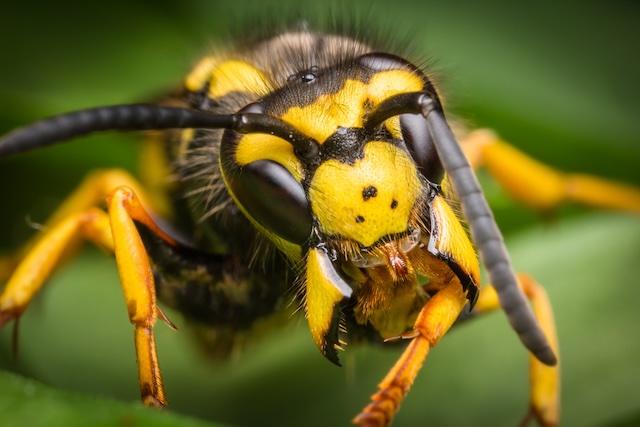When it comes to garden stories, wasps are often the bad guys. There are many scary stories about these flying insects because of their loud buzzing sound and painful sting. We’re going to bust some common wasp myths, replacing fear with facts and taking the mystery out of the world of these buzzing bugs.
First myth: all wasps are mean.
Fact: Some species of wasps are usually aggressive, but not all of them. Most wasps only care about two things: finding food and taking care of their homes. Aggression is usually a reaction to things they see as threats, like being close to their nest or making hitting motions. Understanding how they act helps people live together without fighting.
Myth 2: Wasps sting without being triggered
Wasps and bees both sting to protect themselves. A bee or wasp won’t sting you unless they feel threatened. Often, disturbing a nest, touching a wasp by mistake, or swatting at it are what sets it off. Respecting their space and not moving quickly can help keep encounters to a minimum.
Myth 3: All wasps build big nests.
Wasps have a variety of ways they build their nests. Some species build big nests that can be seen, while others build smaller ones that are harder to find. Wasps that live in the ground, for example, dig holes, and single wasps may build their own nests. Wasp nests aren’t always the famous paper buildings that hang from trees.
Fourth myth: Wasps only eat people.
Wasps are drawn to sweet foods, but they are very important for getting rid of pests. A lot of different kinds of wasps eat meat, mostly insects and spiders. They naturally get rid of pests and help keep the ecosystem in your garden in balance.
Myth 5: You can always get rid of wasps on your own.
Fact: Do-it-yourself methods can be useful, but they don’t always work. Success depends on things like the type of wasp, where the nest is located, and how bad the population is. A professional pest control service can often offer more complete and long-lasting remedies.
Myth 6: All wasps die in the winter.
Winter is the only time that worker wasps die off. These are females that can’t have babies. Matched queens look for cover and hibernate. In the spring, they come out to start new colonies. Knowing about this process helps you guess when wasps might be active.
Seventh Myth: Wasps are useless and bad for the environment.
It’s true that wasps are helpful bugs. As natural pest control, their ability to eat other insects helps keep insect numbers in check. Besides that, they help pollinate plants. Being careful around nests is important, but it’s also important to understand how they help the environment.
Myth 8: Bees and wasps are the same
A wasp and a bee are not the same kind of bug. Their looks, behaviours, and jobs in the environment are all different. For safe and effective pest control, it’s important to know the difference between these terms.
Nineth Myth: Wasp traps bring more wasps.
Wasp traps that are put correctly can help control the number of wasps in an area without bringing in more wasps. Using the right attractants and placing them in a smart way lowers the chance of unexpected outcomes.
In conclusion, busting wasp myths is a step toward living more peacefully and knowing more about these important insects. We can respect the complicated world of wasps and work for a healthier balance in our shared environment if we know how they act, what role they play in the ecosystem, and how common beliefs can be wrong.
